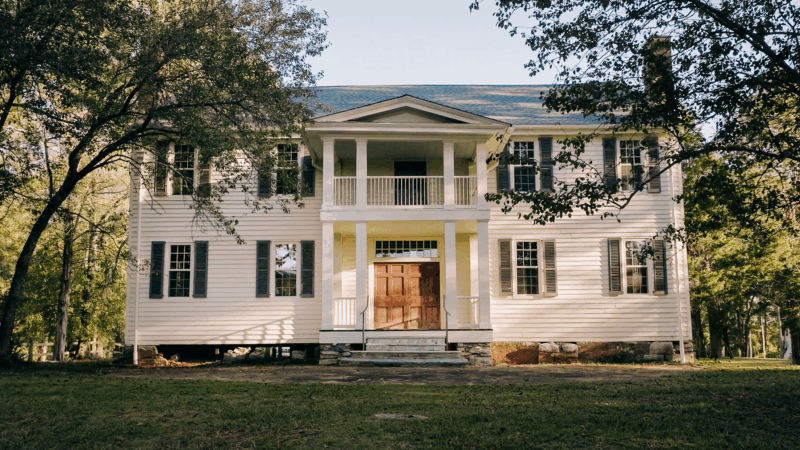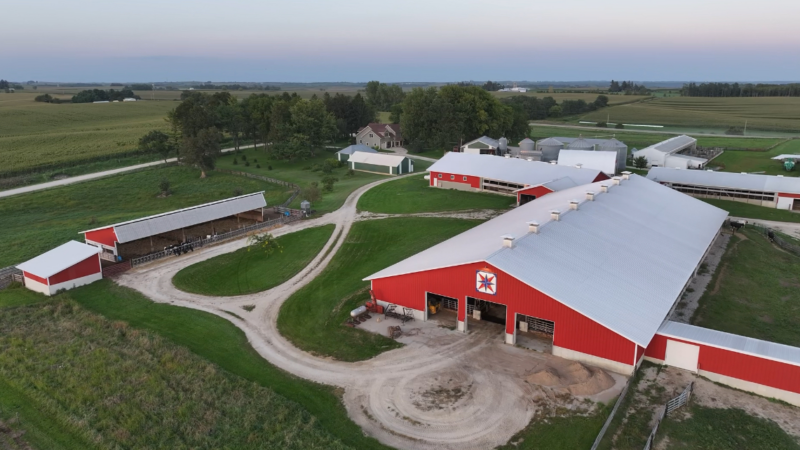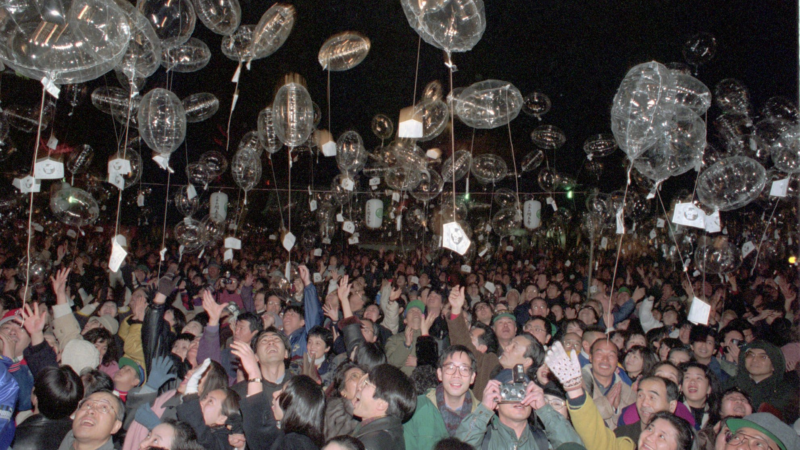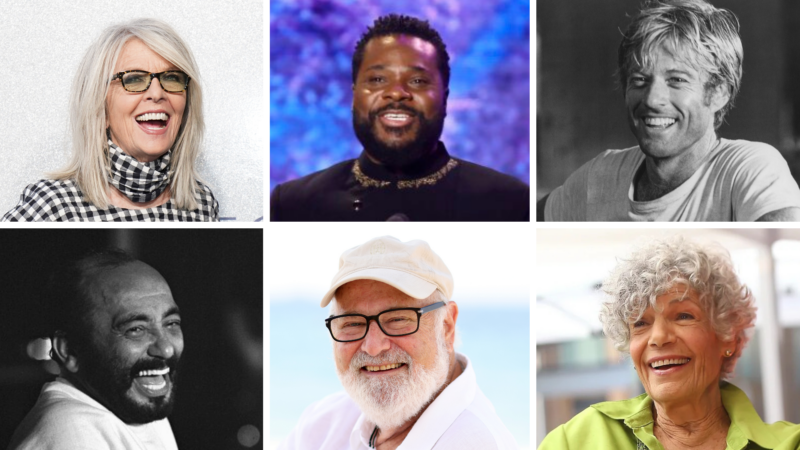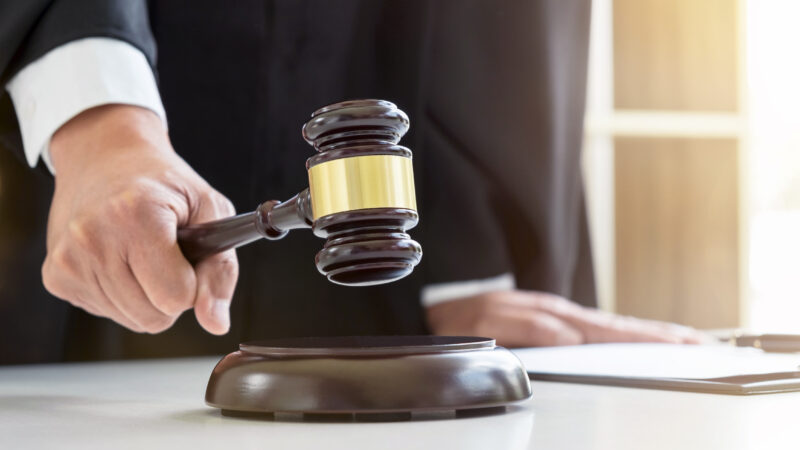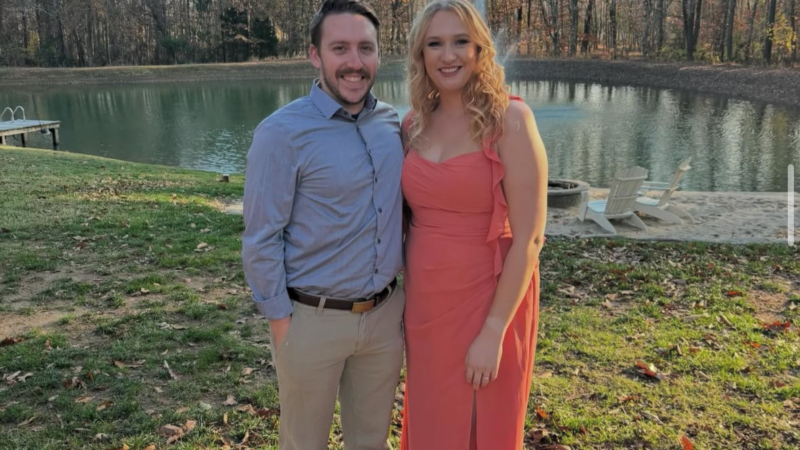A former plantation becomes a space for healing, art and reparative history
Harpersville is a small town in Alabama.
It’s predominantly white. It’s located in Shelby County, which the local Republican Party calls the reddest county in America. It’s also home to a new museum exhibit about a particular chapter of Black history. About what happened in Harpersville after formerly enslaved people were emancipated, granted their freedom — and not much else.
NPR’s Picture Show spoke with Tyler Jones who is part of a narrative studio based in Birmingham called 1504. They have been collaborating with the Wallace Center for Arts and Reconciliation to recenter the stories of Black descendant communities through creative, embodied storytelling.
With a growing network of designers, historians and local leaders, they are exploring participatory forms of interpretation that invite people to feel, not just understand, the weight of this place.
What inspired you to take on this project, and what did you hope it would achieve? Why was this the right time and place for a reparative history project using art?
Across the South, antebellum sites are often romanticized, obscuring the brutal realities of enslaved labor that made that era — and its wealth — possible. But something remarkable is happening in rural Alabama, where a plantation from 1841 is being reimagined not as a monument to the past, but as a space for reparative history and healing.
At a time when so much public discourse is fractured and politicized, art offers a deeper, more human way in. What better time and place to try connecting with a new generation around the importance of seeing history as the story of our shared humanity?
How did local residents, particularly descendants of both the enslaved and the enslavers, engage with the project? Were there collaborative aspects in the creation of the installation?
In The Praise House, we documented the making of a site-specific sculpture by Tony M. Bingham that memorializes the hidden history of “hush harbors,” gathering places where enslaved people worshiped, grieved and resisted. It stands as a tribute to the local Black church and ancestral resilience.
The broader Healing History initiative brought together descendants of enslavers and the enslaved in dialogue to practice honest, often difficult conversation. Those exchanges revealed a deep hunger for acknowledgment and the importance of not minimizing the horrors of racial violence while also not reducing the Black experience to stories of trauma.
That kind of work doesn’t happen in isolation. It depends on cultural infrastructure — organizations like the Wallace Center and the Alabama Humanities Alliance — that are willing to stand in the tension and build something enduring, even amid funding challenges and political resistance.
What has been the response from the community to the installation? Have there been any notable stories that highlight its impact?
The response has been deeply moving. At the new exhibit “Out of Whole Cloth,” curated by Dr. Elijah Gaddis and designed by Robert Finkel from Auburn University, everyday objects tell the extraordinary stories of three families of free people in post-Emancipation Alabama striving to make a place for themselves.

At the opening, Salaam Green, Birmingham’s first poet laureate, facilitated rituals alongside members of the descendant community. These weren’t symbolic performances; they were acts of remembrance and reclamation.

Seeing members of the descendent community step into the Wallace House and encounter artifacts and hold photographs from their family history was a reminder of the power of storytelling — to stitch together memory, to make history personal, and to reflect human dignity.

“Out of Whole Cloth” is free and open to the public through November by appointment here.
Farmers are about to pay a lot more for health insurance
Tariffs, inflation, and other federal policies have battered U.S. farmers' bottom lines. Now many farmers say the expiration of federal health care subsidies will make their coverage unaffordable.
Why do we make New Year’s resolutions? A brief history of a long tradition
One of the earliest mentions of New Year's resolutions appeared in a Boston newspaper in 1813. But the practice itself can be traced back to the Babylonians.
Remembering the actors, musicians, writers and artists we lost in 2025
Every year, we remember some of the writers, actors, musicians, filmmakers and performers who died over the past year, and whose lifetime of creative work helped shape our world.
Judge orders new trial for Alabama woman sentenced to 18 years in prison after stillbirth
Lee County Circuit Judge Jeffrey Tickal vacated Brooke Shoemaker’s 2020 conviction for chemical endangerment of a child resulting in death. Tickal said Shoemaker's attorneys presented credible new evidence that the infection caused the stillbirth.
In one year, Trump pivots fentanyl response from public health to drug war
Experts say Biden's focus on addiction health care saved tens of thousands of lives and slowed fentanyl smuggling. Trump scrapped Biden's approach in favor of military strikes.
A little boy gave her hope for her foster daughter’s future
At a neighborhood park, a young boy noticed Natalie's young foster daughter using a walker. His reaction left Natalie with an unexpected feeling of hope for the future.

